Choosing Tank and Xiaomi, They Actually Have Such a Story
"In order not to let us buy a car just for fun, the old man even suggested getting an E300L, saying he would make up the difference."
On Tuesday evening, when I got off work and went home, I happened to see Xiao Yang from the same building in the neighborhood tinkering with his Lynk & Co 03+ Racing, which he bought at the end of last year, in the parking space diagonally opposite.
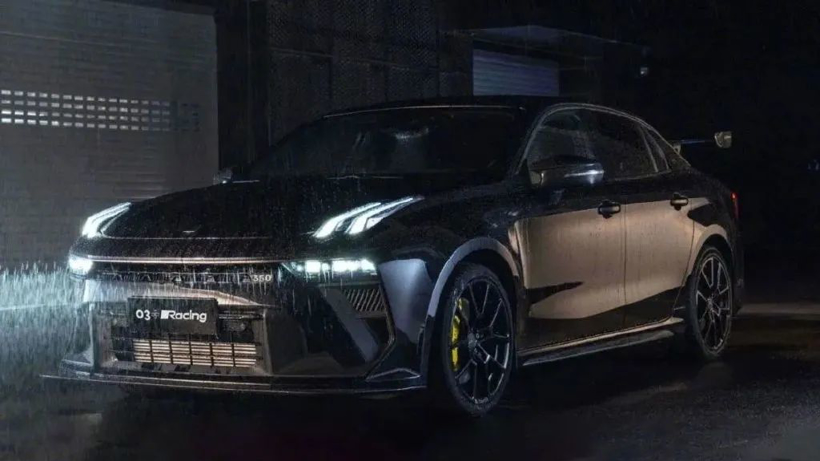
Image | A random picture found online. Undeniably, even if you are not fond of its design style, you will still be deeply impressed by the appearance of this "domestic hot hatch."
Upon closer approach, it turned out that the letters were stuck on the newly installed carbon fiber front bumper. Watching him finish with interest, the two then headed together towards the stairs.
On the way, Xiao Yang vividly recounted how he stood his ground against his family's "temptations" regarding buying a car—"Why should I, at twenty-six or twenty-seven, drive such an old-fashioned car like a Mercedes E-Class? Am I in a rush to go woo someone like 'Xiashu'?"
The chatterbox little brother suddenly dropped an Initial D reference out of nowhere, with absolutely no warning. It made me choke on my bottled water…
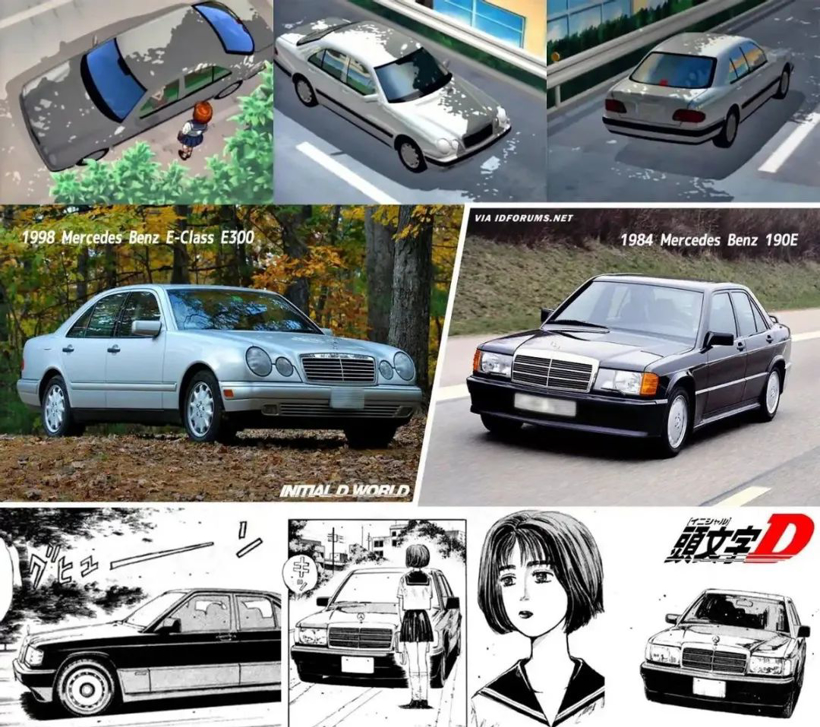
Image | Another implicit meaning behind the meme of "Initial D" is—from the perspective of 2025—how much is a fifth/sixth generation old Mercedes-Benz E-Class used car really worth today? Meanwhile, a well-maintained, good-condition AE86 can fetch a price of up to 500,000 RMB.
Having moved to the southern suburbs of Shanghai, this residential complex, officially delivered in 2017, can roughly be described as "neither brand new nor old." It has now been six years since. Watching the complex’s parking garage, with a total capacity of over 300 spaces, transition from an initially half-unused state (there were over a hundred parking spaces available on the surface alone) to its current situation where more than half of the spots are occupied— in a certain sense, this can be seen as witnessing, through a "microscopic lens," the new trends in the industry following the era of widespread private car ownership in China.
One particularly noteworthy point is that in the past two to three years, the number of cars primarily bought for "fun," like Xiao Yang's, which were previously kept in the community's underground parking but now frequently seen on the road daily, has significantly increased. This can be regarded as a very evident signal that the automobile market has entered a new cycle.
01The Reasons Why Young People "Don't Care About Brands"
Let's continue talking about Xiao Yang.
His beloved car is the 2025 Lynk & Co 03+ Racing Edition, which he purchased in November last year. As for the price, although the manufacturer offered some discounts, as a niche performance car, this young man, who has been in the workforce for less than three years, still poured all his savings into it.
Not only did he deplete all his savings since starting work, but also added the 100,000 yuan sponsored by his family, and took a 100,000 yuan car loan from Jizhi Finance to be repaid over 24 months. In Xiao Yang's own words, he had to go all out and sell everything he had to get this car.
However, after the car was driven home, it actually caused a not-so-small conflict between him and his parents. This was because Old Yang had always thought his beloved son was going to buy a BMW, but in the end, he brought back something called a "Lynk & Co," which they had never even heard of.
The size is only class A, and it's not even a well-known brand. When I asked about the price, it was nearly 300,000. "Seriously, you could get a joint venture SAIC Volkswagen that's better than this!"—it would be surprising if Dad didn't get mad.
This incident turned into a common scenario of "Shanghai girls" gaining independence. At the end of last year, Xiao Yang moved out of her home in the city center to live alone in this neighborhood. The conflict over buying a car seemed to have played a significant role in this.
Despite some inconveniences of living alone, after getting his own car, Xiao Yang really enjoyed himself. He quickly started hanging out with a group of car enthusiasts and frequently participated in various gatherings and activities.
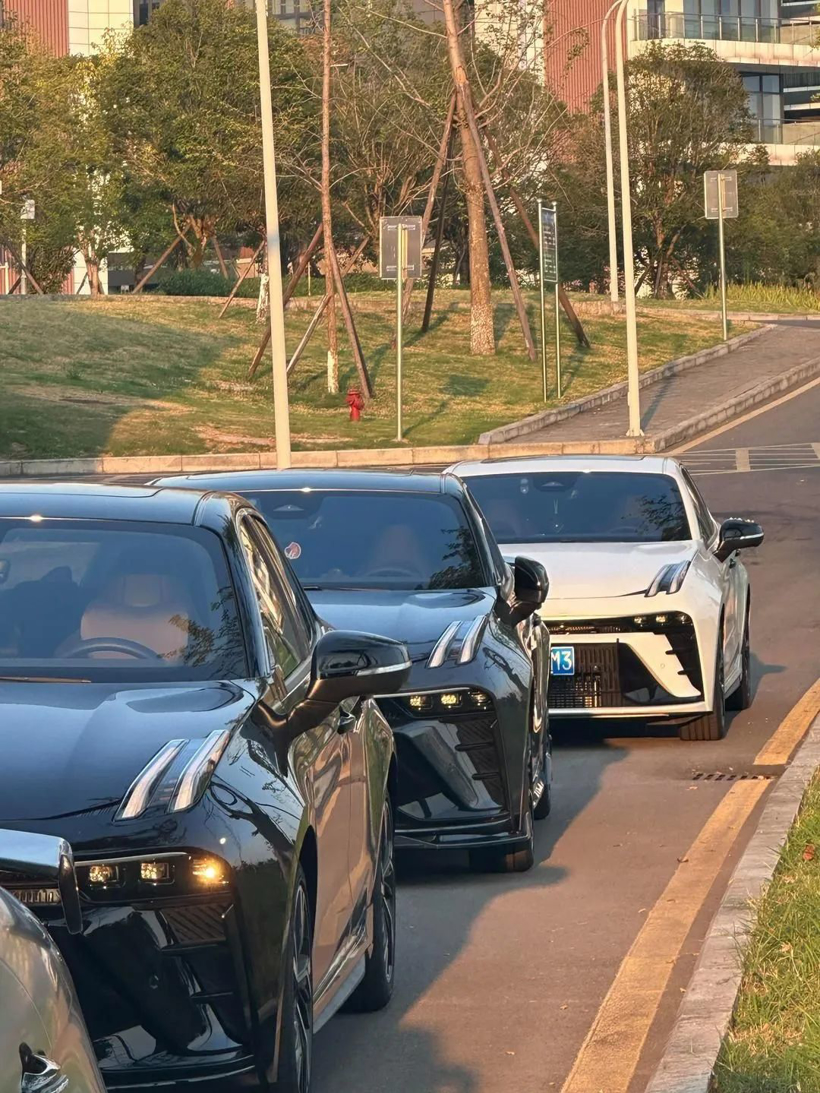
The image shows that offline interactions among young car enthusiasts, connected by the same car model, have always been a core component of automotive socializing. To put it simply, since it's a hobby, gathering together makes it more enjoyable.
In April, our six 03+ cars formed a team to go to Wuxi. We were checked on the way there and again on the way back." Xiao Yang had previously shared amusing stories with me and several neighbors familiar in the community: "The traffic police stared at the rear wing and asked, 'What brand of car is this? Such a big rear wing is obviously an illegal modification!'"
In fact, Xiao Yang himself has a very clear understanding of buying and playing with cars. In his own words: while he’s still young, he wants to have some fun with cars. “When I start dating, get married, and settle down with a family, I’ll eventually have to change my car,” and by then he’ll focus on practicality and functionality.
Young people with similar ideas are by no means an isolated case; Xiao Dong, who rents in Building 2 of my community, holds roughly the same attitude.
This young man is about 27 or 28 years old and comes from Xuancheng, Anhui. He works at a company in Zhangjiang. Before changing cars, he drove a Shanghai Volkswagen with a non-local license plate. Compared to Xiao Yang, Xiao Dong is not a hardcore driving enthusiast; according to himself, he just "rather enjoys driving."
As for why I chose the SU7, besides the convenience of transferring an out-of-town license plate to a Shanghai plate, brand loyalty is an important factor.
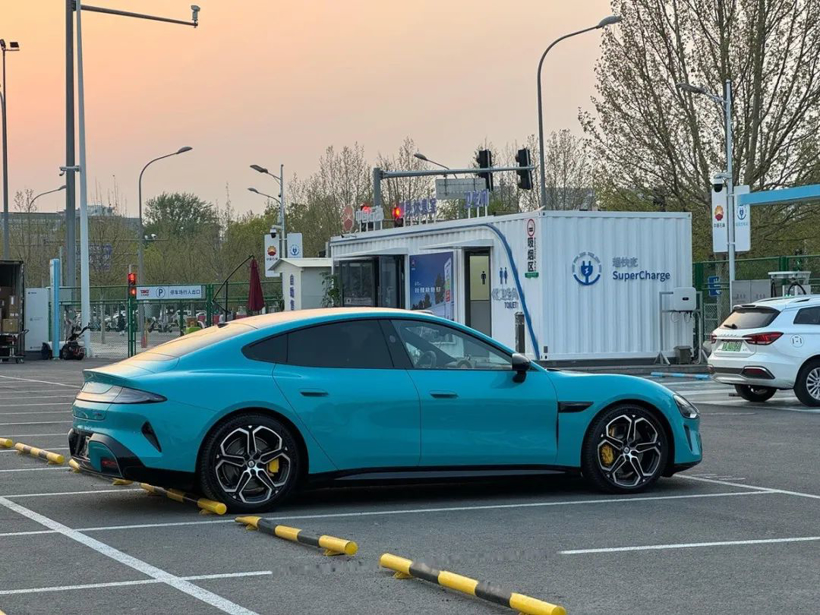
Although there has been constant controversy since its launch, with accusations of "plagiarism" regarding its exterior design, for most car owners who have chosen this car, they naturally don't care about that. Although the argument "who would mind if their wife looks like Liu Yifei" may seem a bit lowbrow, it is still straightforward and makes sense.
According to Xiao Dong himself, he can be considered a veteran Mi fan "in theory." His first phone in sophomore year of high school was a Xiaomi 4, and during college, he even got the "full package" with a Xiaomi gaming laptop and a Xiaomi tablet. Of course, it should be clarified that Xiao Dong is not the kind of fanatical "Mi fan" depicted in domestic internet community stereotypes. In his view, fan groups like "Mi Monkeys" and "Sea Dogs" are incomprehensible entities.
Moreover, more importantly, whether it’s the SU7 released last year or the newly launched YU7, both Xiaomi cars currently on the market are noteworthy in terms of appearance. As for whether their exterior design is copied or not, for those who are not biased against the brand or even highly appreciate it, is this really an issue?
Lei Jun has personally participated in the delivery of new cars multiple times. In his view, this is a highly commendable aspect—“The richest man in China personally handles the car delivery and even bows to the owners, which greatly enhances the emotional value.”
As for whether this is just for show or building a public persona, and what people really think in private, it actually doesn’t matter much to consumers. For those of us in our twenties, not yet thirty, most of us are neither “settled down” nor “established in our careers,” yet we’re constantly being lectured by society and the media. So, feeling truly respected is a rare experience. At the very least, Lei Jun has done a great job with the formalities and made us car owners happy and feel respected—so what more could we really ask for?
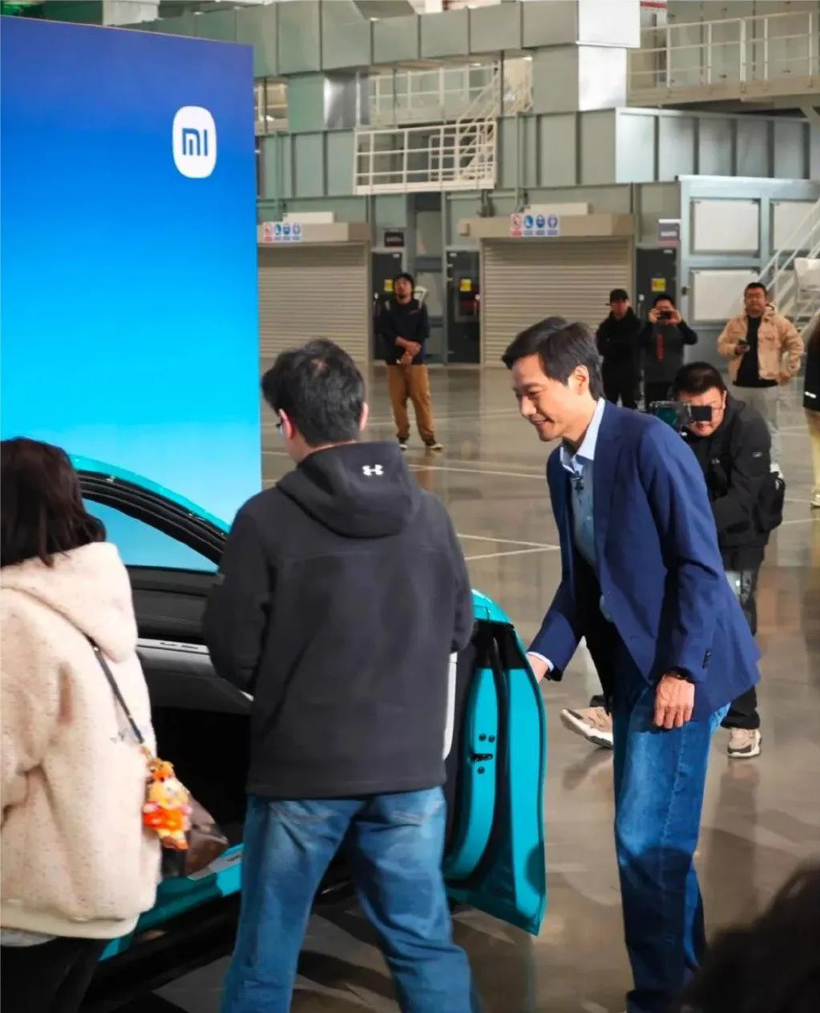
The picture says he is pretending, so why don't you pretend too? Emotional value should be one of the main values provided by the brand.
To a large extent, this genuine statement directly from the young car owners has actually directly answered the question that has puzzled many car company executives: "Why is Xiaomi's car becoming popular?"
02Gradually emerging differentiated demands
Each generation has its own mindset, which is more typically reflected in the profiles of car owner groups of different age segments.
People like Xiao Yang and Xiao Dong, who are over twenty but under thirty-five years old, belong to the new generation group; people like Yang's father, who are in their fifties and sixties, are typical of the older generation. As for someone like the author, who has just turned forty and is caught in between, they represent the typical middle generation group. Broadly speaking, using the simplest and most straightforward classification, domestic car owners can be categorized into these three groups: old, middle, and young, based on their age brackets.
These three groups have three completely different views and understandings of cars, resulting in a serious "generation gap" regarding this matter.
The older generation is mostly nostalgic for the era of the late 1980s and early 1990s, when the wave of joint ventures began. They have a particular fondness for joint venture brands and many imported cars. Some of the more stubborn individuals may still vividly remember the well-known historical issues with "domestic" cars at the beginning of the era of independent brands more than twenty years ago, and generally have a negative attitude toward the current emerging brands and even all domestic brands. In addition, the older generation is generally obsessed with saving face and cares a lot about car brands, considering luxury cars to start with the likes of BBA (Mercedes-Benz, BMW, and Audi).

Photo: Nanjing East Road in Shanghai before its renovation in 1993. For the older generation, their understanding and choices regarding cars came not only from newspaper and television advertisements, but largely from the word-of-mouth recommendations of taxi drivers on the streets. The trajectory of the era of joint ventures also shaped the preferences of the older generation.
The "sandwich generation" to which the author belongs, those born in the late 1970s and 1980s, and even some born in the early 1990s, are relatively more receptive to new things. Having personally experienced the rapid development of Chinese society over the past 40 years, we have a greater preference for the current mainstream of domestic brands that are piling on features and adopting the latest technologies in a frenzy. (Note: In 2024, domestic brands have a market share of 65.2%.)
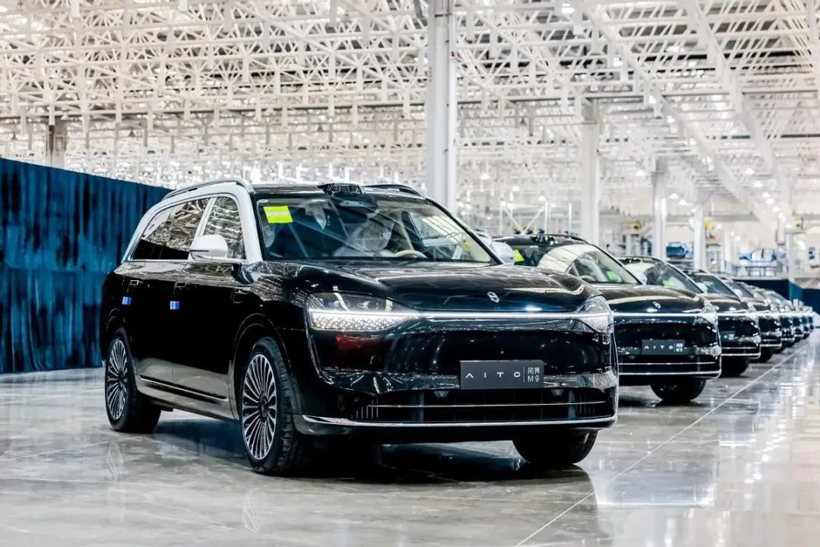
The so-called "bucket car," which is of good quality, has high configuration, and is relatively inexpensive, has been a classic approach for independent brands in car manufacturing for quite some time. It also aligns with the general car purchasing tendencies of people in the author's age group.
As for the younger demographic, who have been referred to by many media outlets in recent years as the "Generation Z" group, they actually view cars as something similar to mobile phones or computers. Especially when it comes to car brands, most of them do not have particularly strong opinions. Aside from financial constraints, the main reasons driving them to choose and purchase a certain car are often influenced by personal interests and current trends. It even comes down to whether a particular car or brand can please them and provide enough emotional value.
Among them, the older generation and the younger generation mutually cannot understand (or are unwilling to understand) each other's perceptions and views on automobiles. The "sandwich generation" more or less understands and even partially agrees with the views of the new generation, but their cognition has already shifted towards that of the older generation. However, they are more open to accepting new things, such as having a very high recognition of the rising domestic brands.
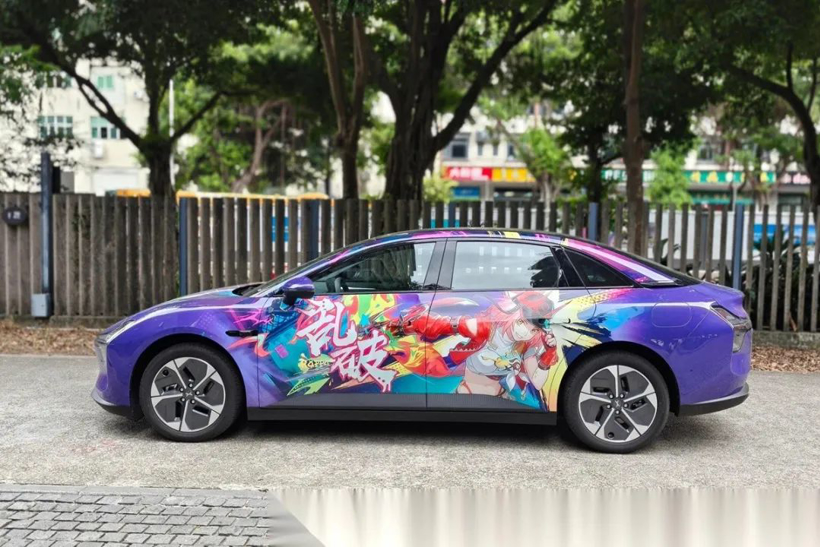
Image | Is a car bought just for playing? Then please ask—why can't you buy a car to have fun? The picture shows the XPeng Mona M03 "Itasha" car.
Of course, the method of categorizing people by mindset based on age, as described above, is not necessarily scientific. As previously mentioned, it was already labeled as "simplistic and crude." According to the information I have learned, there is actually a very typical counterexample—
At the end of last year, while washing my car at the shopping center in the middle of the community, I encountered an elderly couple who lived in a nearby neighborhood. Contrary to the usual stereotype of "cars for seniors," their vehicle was a brand-new Tank 400 Hi4-T plug-in hybrid.
In a subsequent chat, it was learned that the husband had just retired in July of last year, and they bought the car after retirement so that they could travel and explore the beautiful landscapes of the country while they are still physically able.
By the way, I also asked at the time, "Why did you choose a domestic boxy hardcore off-road vehicle?" The old gentleman's answer was truly unexpected.
"I worked in the automotive trade for nearly thirty years before retiring—what kind of car haven’t I seen or driven? Whether domestic cars are good or bad, and how they’ve developed bit by bit, I’ve witnessed it all firsthand."

Image | Don’t think it’s strange to buy a "tank" for travel after retirement. Among the people I know, there are even those in their fifties who buy Harley-Davidsons. In this era, various hobbies and interests are embraced with great openness.
The main reason for buying the "Tank" is that over a decade ago, I used to drive Japanese off-road vehicles like the Pajero. "Back then, we’d already had enough of those ‘bench seats.’ My wife and I don’t want to wait until we’re old and frail to suffer through that again."
You know, even though this counterexample exposes a "flaw" in the logic of this article, the lifestyle of these "retired nomads" is indeed quite appealing.
Surely some friends will say, you mentioned three cases you directly encountered above, and even if the information is absolutely authentic, it can only be summarized as "case studies" observed under a microscope. So next, let's simply take the largest perspective and provide some solid data.
According to the "Global Car Ownership per 1,000 People in 20 Major Countries" data published by the World Bank six years ago, by the end of 2018, China's per capita car ownership was 0.173 vehicles, ranking 17th among all 20 sampled countries. This is not only far lower than the top-ranked countries such as the United States (0.837 vehicles), Germany (0.589 vehicles), and Japan (0.591 vehicles, with one-third being K-Cars), but also significantly lower than traditionally less developed countries like Malaysia (0.433 vehicles) and Russia (0.373 vehicles). Among all 20 sampled countries, China only ranked higher than Indonesia (0.087), Nigeria (0.064), and India (0.022).
Bringing up data from nine years ago is for future comparison. Here are the figures from the end of 2020—according to data released by the Traffic Management Bureau of the Ministry of Public Security of China at the beginning of 2021, the total number of automobiles in China had reached 281 million by the end of the previous year. Converted to per capita ownership, the figure has already risen above 0.2.

Photo | The picture shows Shanghai's elevated roads during the morning rush hour.
As of the latest statistics in 2025, the number of vehicles owned in China has increased to 352 million, with a per capita ownership of approximately 0.252 vehicles. Combining this with the previously provided data from the Ministry of Human Resources and Social Security, which states that the average household size in China is 2.62 people, the car ownership situation in the country can be described as "one car for every two Chinese households."
If the focus is further narrowed down to the major cities in China, the per capita proportion will increase further.
As of the end of 2024, the typical first-tier city Shanghai has a permanent resident population of 24.8026 million. The number of cars with Shanghai license plates is approximately 6.13 million, and there are about 1 million long-term non-Shanghai license plates, resulting in a per capita car ownership of 0.287. The typical second-tier city Nanjing has a car ownership of 3.17 million (2024 data) and a permanent resident population of 9.577 million (latest data for 2025), resulting in a per capita car ownership of 0.331 vehicles.

Image | Over a century ago, when the automobile was invented, it was not defined simply as a production tool or a commuting machine.
In short, for the current and foreseeable future of the Chinese automobile market, the rigid demand driven by automobile popularization is gradually weakening. However, this does not mean that market growth will come to an end. In addition to the replacement of old vehicles (with 6.2 million vehicles to be scrapped in 2024), flexible (upgrading) demand such as the examples mentioned above is rapidly increasing.
For enterprises, accurately grasping this transformation and quickly advancing into the second curve could very likely secure victory in future industry competition. Stepping out of this commercial perspective to analyze everything from the dimensions of life and culture, perhaps we are all witnessing the true emergence of a Chinese automotive culture.
【Copyright and Disclaimer】The above information is collected and organized by PlastMatch. The copyright belongs to the original author. This article is reprinted for the purpose of providing more information, and it does not imply that PlastMatch endorses the views expressed in the article or guarantees its accuracy. If there are any errors in the source attribution or if your legitimate rights have been infringed, please contact us, and we will promptly correct or remove the content. If other media, websites, or individuals use the aforementioned content, they must clearly indicate the original source and origin of the work and assume legal responsibility on their own.
Most Popular
-

List Released! Mexico Announces 50% Tariff On 1,371 China Product Categories
-

Nissan Cuts Production of New Leaf EV in Half Due to Battery Shortage
-

New Breakthrough in Domestic Adiponitrile! Observing the Rise of China's Nylon Industry Chain from Tianchen Qixiang's Production
-

Dow, Wanhua, Huntsman Intensively Raise Prices! Who Controls the Global MDI Prices?
-

Mexico officially imposes tariffs on 1,400 chinese products, with rates up to 50%






